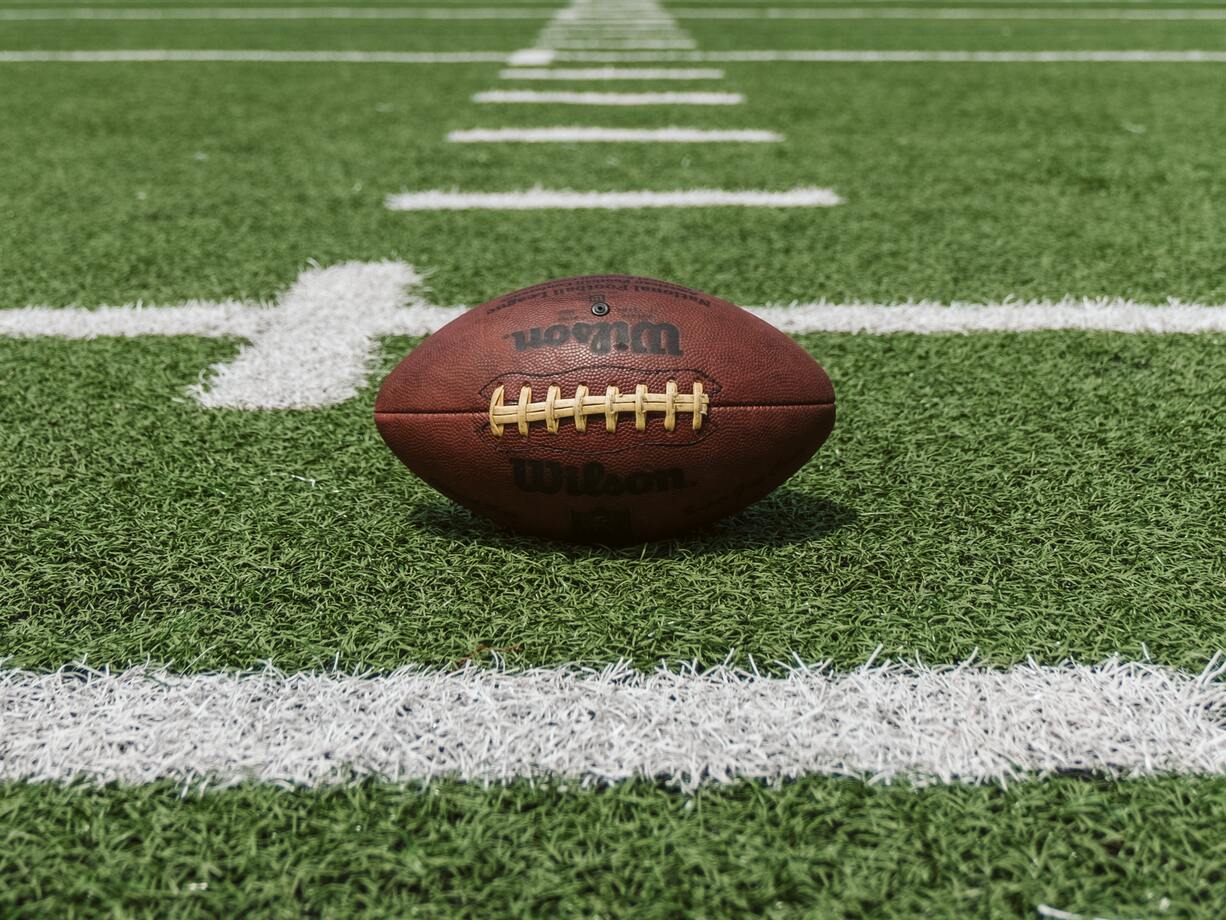6 Tips To Keep Them Safe This Fall Sports Season
For most parents, fall is the perfect time for bonfires and squash soup. The weather, chillier now, is perfectly set for outdoor activities bundled up, local football games, and plenty of fall fairs.
With the start of local sports comes the season of athletic injuries. Turf toe, shin splints, ankle sprains, the list goes on. At Sport Ortho, we're dedicated to treating your injuries and helping you prevent them from happening in the first place. While sipping your fresh PSL and crunching leaves, be sure to keep in mind these seven tips to avoid fall sports injuries.
#1 Have them stretch—a lot
This one is a given - whether your child is preparing for the first Saturday night football game or a Saturday morning reading marathon, stretching is essential. Allowing muscles to remain static can cause muscles to shorten and, in turn, tighten up - reducing the overall range of motion. Over time these tightened muscles can increase the risk of injury from any strenuous activity that pushes your child's muscle fibers past their reasonable limit.
#2 Don't let them skip the warm-up
Although warming up takes extra time at the beginning of a workout, it can save your child hours in physical therapy. When they warm up with a brisk jog or light weight lifting, they gently prepare their body for more strenuous activity. By increasing blood flow to their muscles, they can ensure that their muscles are ready to handle the full force of a workout, ultimately reducing the risk of injury.
#3 Stay Hydrated
Although water doesn't seem as important in colder weather, it might be even more critical. Physical exertion causes our bodies to sweat. Yes, even in sweater weather. All that water pushed from the body needs to be replenished to prevent dehydration & muscle fatigue. Although your child may not notice the symptoms of dehydration as intensely during the winter, they are just as dangerous.
#4 Find shoes that fit well
Speeding through the process of finding shoes for an athletic season can be tempting. Being fitted for the proper shoe size for more rigorous athletics is essential. Whether you're looking for cleats, trail shoes, or something else, you risk serious injury by playing in shoes that are improperly sized. The wrong size can cause plantar fasciitis, stress fractures, rolled or broken ankles, and other foot injuries.
#5 Do Rotational Training
Although we don't think about it often, rotation is a widespread and necessary movement for athletes, but we rarely train our muscles to do it. Whether it is the light rotation of throwing a football, kicking a soccer ball, pivoting on a field, or turning with a band, rotation is a critical element of fall sports. Rotational training helps to increase core strength and total body coordination. With more core strength, we can glide more safely and freely, with less risk of injury.
#6 Don't push it
Often during a game, your child will be pushed to overexert themselves to keep up with the rest of their teammates. Though this is common and even necessary, everyone has a limit. It's best to keep an eye on your child's needs while playing to ensure they aren't dangerously overexerting themselves. Some clear signs of athletic overexertion are Dizziness, Lightheadedness, fainting, shortness of breath, or vomiting.
#7 Get checked out before you think you need to
If your child feels like they're hurting more than a usual post-workout soreness at any point during the season, be sure to bring them in. Continued play on a hurting body part can exacerbate an issue, even make it much more severe. It is always a good idea to have quick and efficient providers, like those here at Sport Ortho Urgent Care.
Share
